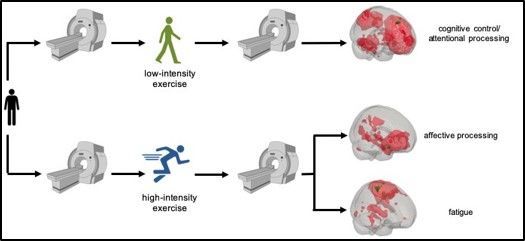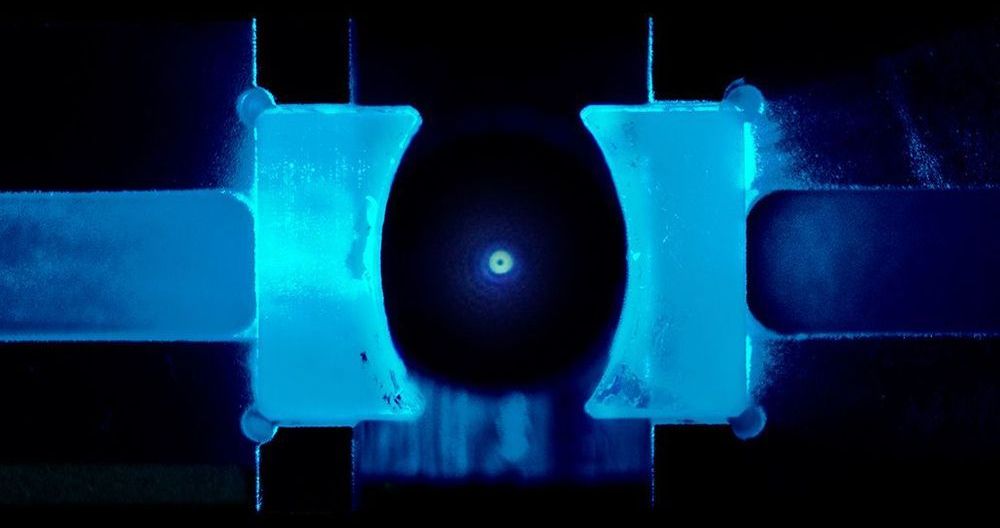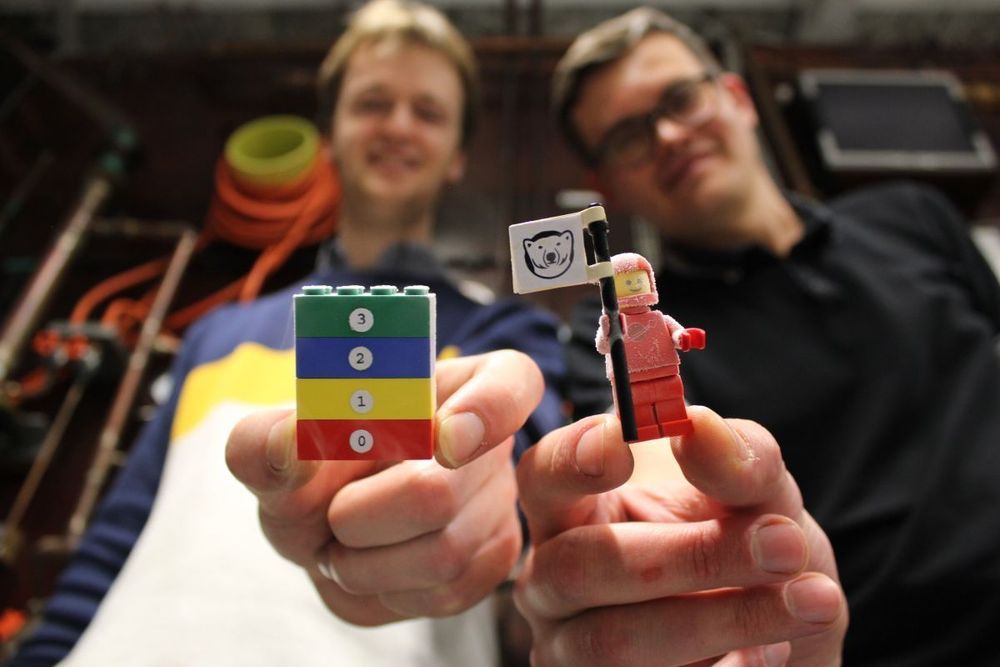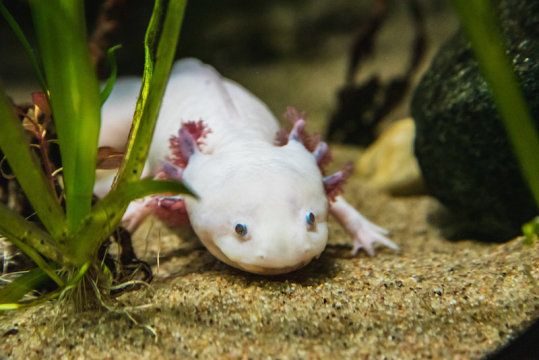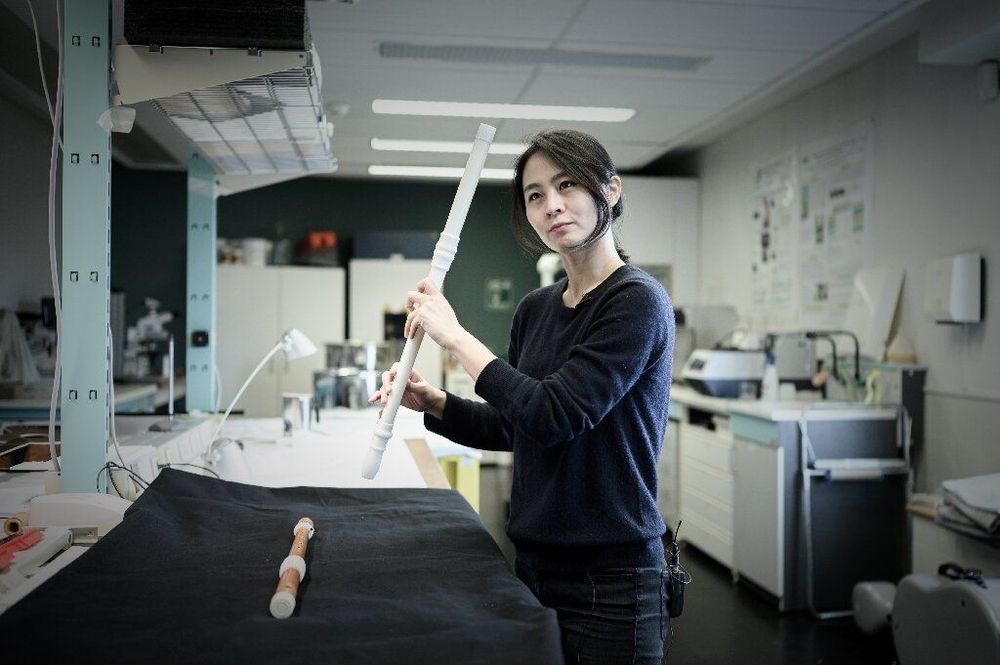Page 7944
Feb 3, 2020
Brain Connectivity Fluctuates Based on Exercise Intensity
Posted by Genevieve Klien in categories: health, neuroscience
Walking and running may affect the functional connectivity of brain networks in different ways, according to a new study.
Feb 3, 2020
Scientists cooled a nanoparticle to the quantum limit
Posted by Genevieve Klien in categories: nanotechnology, particle physics, quantum physics
A tiny nanoparticle has been chilled to the max.
Physicists cooled a nanoparticle to the lowest temperature allowed by quantum mechanics. The particle’s motion reached what’s known as the ground state, or lowest possible energy level.
In a typical material, the amount that its atoms jostle around indicates its temperature. But in the case of the nanoparticle, scientists can define an effective temperature based on the motion of the entire nanoparticle, which is made up of about 100 million atoms. That temperature reached twelve-millionths of a kelvin, scientists report January 30 in Science.
Feb 3, 2020
Lego Cryonaut Found a Way to Make Quantum Computing More Affordable
Posted by Kaiser Matin in categories: computing, quantum physics
Feb 3, 2020
DR STEPHEN BADYLAK — Regen Med Strategies for Tissue & Organ Replacement (Long Version)
Posted by Oguzhan Kosar in categories: bioengineering, biotech/medical, life extension

Regenerative medicine and furthermore tissue engineering are realities for some time but well hidden from the public by msm somehow.
Dr. Stephen Badylak, Director of the Center for Pre-Clinical Tissue Engineering, McGowan Institute for Regenerative Medicine.
Feb 3, 2020
Tiny salamander’s huge genome may harbor the secrets of regeneration
Posted by Oguzhan Kosar in categories: biotech/medical, genetics
“It regenerates almost anything after almost any injury that doesn’t kill it,” said Parker Flowers, postdoctoral associate in the lab of Craig Crews, the John C. Malone Professor of Molecular, Cellular, and Developmental Biology and professor of chemistry and pharmacology.
If scientists can find the genetic basis for the axolotl’s ability to regenerate, they might be able to find ways to restore damaged tissue in humans. But they have been thwarted in the attempt by another peculiarity of the axolotl — it has the largest genome of any animal yet sequenced, 10 times larger than that of humans.
Now Flowers and colleagues have found an ingenious way to circumvent the animal’s complex genome to identify at least two genes involved in regeneration, they report Jan. 28 in the journal eLife.
Feb 3, 2020
Scientists have built the world’s first living, self-healing robots
Posted by Tanvir Ahmed in categories: biotech/medical, food, life extension, nanotechnology, robotics/AI
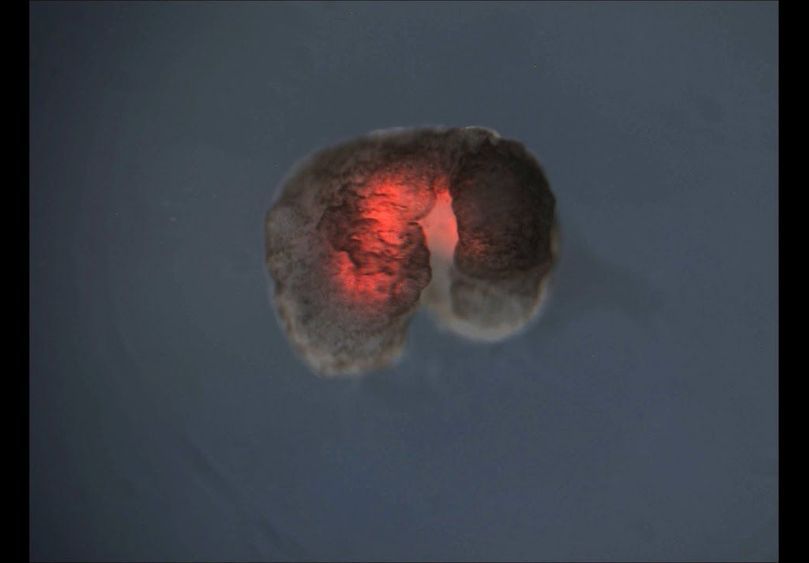
Do you think Xenobots is the early stage of nanobots, which could repair our body to achieve longevity escape velocity?
Scientists have created the world’s first living, self-healing robots using stem cells from frogs.
Continue reading “Scientists have built the world’s first living, self-healing robots” »
Feb 2, 2020
Cloning musical heritage in the key of 3D
Posted by Saúl Morales Rodriguéz in categories: 3D printing, biotech/medical
When Mina Jang played the same melodious tune on two different flutes behind a screen, she said the examiners grading her couldn’t tell the difference.
Yet the two instruments were made in dramatically different ways.
One was a handmade version of an original early 18th-century flute crafted in 2001, while the other was made of white plastic and “cloned” using a 3D printer in 2019.
Feb 2, 2020
Charity: how effective is giving? | The Economist
Posted by Derick Lee in category: innovation

Today’s super-rich are putting record sums into tackling the world’s most pressing problems. But how altruistic is this golden age of charitable giving?
Today’s super-wealthy are richer than ever. And they’re giving away their billions like never before. Philanthropists are putting record sums into tackling the world’s most pressing problems. And unlike the mega-donors of the past today’s philanthropists want to see the results in their lifetimes. But how altruistic is this new golden age of giving? Have these mega-donors become too powerful?
Continue reading “Charity: how effective is giving? | The Economist” »
Feb 2, 2020
Dutch-US Scientists Use Bacteria to Produce Graphene for Electronics
Posted by Oguzhan Kosar in categories: energy, engineering
An international group of researchers has made graphene more affordably and with a lower environmental impact than current chemical methods by using bacteria.
Graphene is a very strong and conductive material that could revolutionize electronics and engineering. However, producing graphene in large quantities requires lots of energy and involves toxic chemicals, such as hydrazine, which damages the nervous system.
Researchers from the Delft University of Technology in the Netherlands and the University of Rochester in the US have worked to overcome these problems by using bacteria to produce graphene. Their work has been published in the journal ChemOpen.

